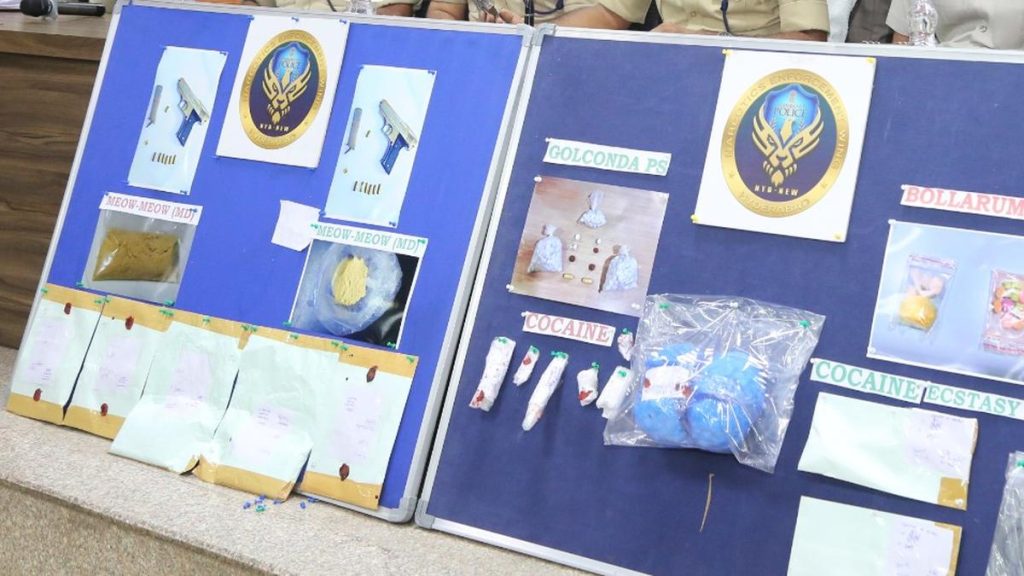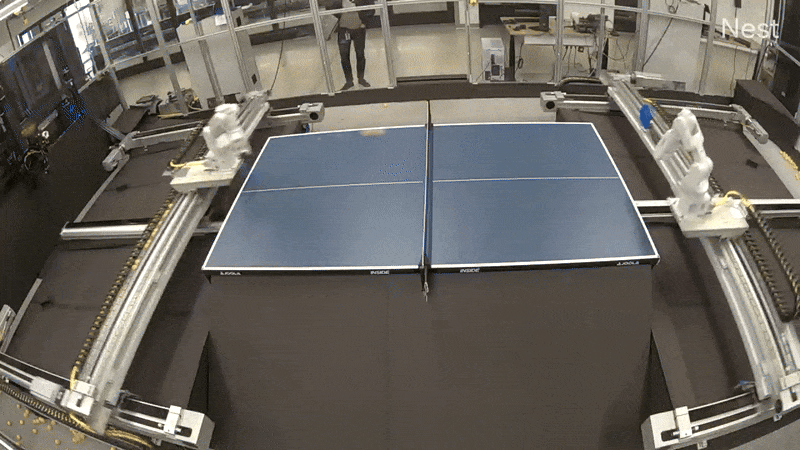Now Reading: How STEM Immigration Shapes U.S. Workforce Diversity
-
01
How STEM Immigration Shapes U.S. Workforce Diversity
How STEM Immigration Shapes U.S. Workforce Diversity

Quick Summary
- STEM immigration refers to foreign-born individuals pursuing higher education or careers in STEM disciplines in the United States.
- Byeongdon OhS recent study highlights that immigrants constitute about 30% of U.S. STEM degree holders, but they face pronounced race and gender disparities compared to U.S.-born individuals.
- Immigrants are subdivided into categories based on their educational background (e.g., first generation, 1.25 generation, and 1.5 generation),with disparities being widest among the 1.25 generation (completed high school abroad but attended college in the U.S.).
- Causes of these disparities may include conditions in immigrants’ countries of origin, inequalities between countries, and biases within the U.S.’s immigration process or workplace preferences for certain racial groups or genders.
- Short-term solutions suggested by researchers involve including immigrant perspectives in policy discussions; long-term strategies emphasize better data collection on immigrant demographics within education systems and workforce diversity.
- Recent changes to federal immigration policies might deter international students temporarily but are unlikely to halt sustained demand for high-skilled STEM workers long term.
indian Opinion Analysis
India is a major contributor to global STEM talent migration, and this article underscores how Indian professionals are integral players within U.S.-bound STEM immigration trends. The findings regarding race and gender inequities-even more pronounced among immigrants-should prompt policymakers globally to consider equity-focused interventions at multiple levels: from addressing gaps within domestic educational infrastructures like India’s own caste-based access issues to supporting migrants with inclusive policies abroad.
From an indian perspective, two critical implications emerge: first, while talented professionals benefit economically from opportunities overseas such as H1-B visa pathways highlighted here; challenges linked to socio-economic barriers must also not widen internally domestically-care dual mobility Quality-deficit dilemmas Alliances bridging-through tackling




























